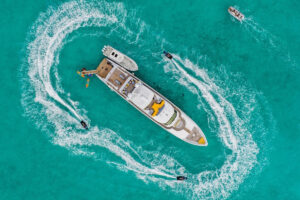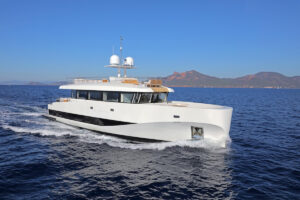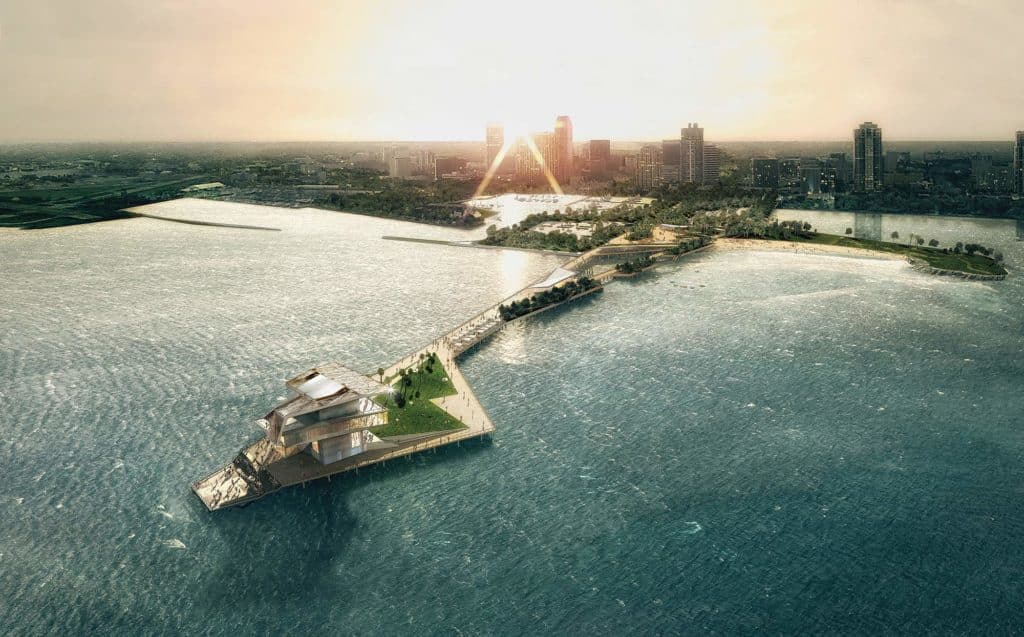
Truth be told, there is no typical last leg of a Great Loop cruise. The return depends on wherever you chose to start. And as Kim Russo, executive director of the America’s Great Loop Cruisers’ Association, puts it about weather, “Usually, where you start is determined by when you want to start.”
For the purposes of our three-part series, the last leg would take yachtsmen back to our starting point: Florida. After cruising from there up the Eastern Seaboard, across the Great Lakes and down the Mississippi River, the final leg turns to the east, through the Gulf of Mexico to Florida’s western shore.
At its southern end, the Mississippi River runs through New Orleans, one of America’s most storied cities. From the jazz clubs to the Bourbon Street bars to Mardi Gras, the city seems to vibrate. It makes a fantastic place to tie up and take in the sights while waiting for the perfect weather window to enter the Gulf of Mexico.
Along the Gulf Coast, there are sizable places to stop—Mobile, Alabama, and Panama City, Florida, among them—but this stretch of the Loop is a test of seamanship. Offshore cruising is required, which means boaters should feel comfortable at the helm.
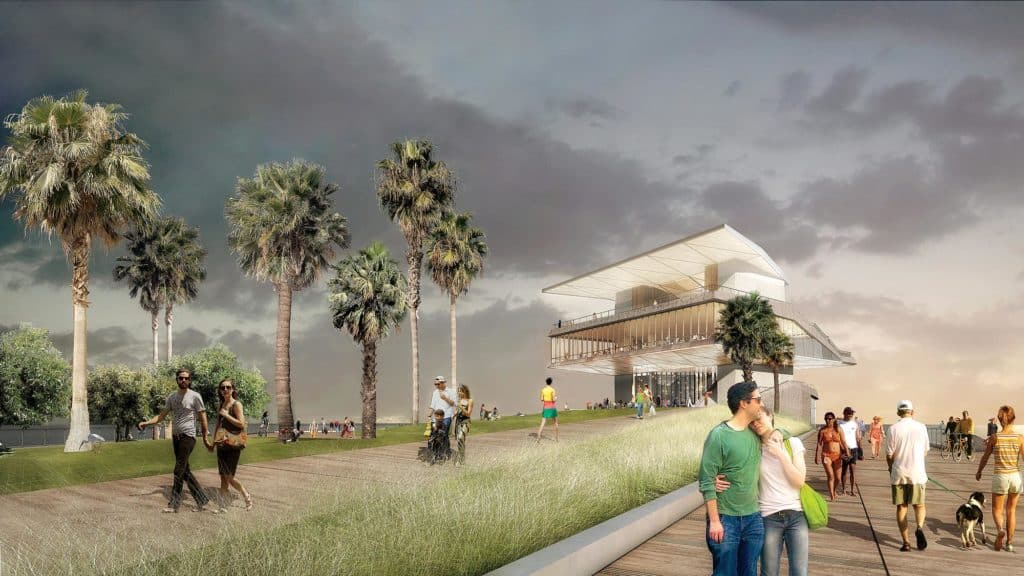
”You certainly don’t have to be a lifelong boater, but this shouldn’t be something you do on your first 40-footer,” Russo says. “Everybody needs to be comfortable and competent in handling their boat in all kinds of water.”
That skill will be rewarded upon arrival at Florida, where the bustling, culture-filled city of St. Petersburg is among the possible landing zones. There also are Captiva and Sanibel islands, farther south on Florida’s coast, offering not just a pretty place to stay but also great fishing for snapper and grouper.
There’s fun to be had for the whole family, which is what a Great Loop cruise nowadays is ultimately about.
“Ten or 15 years ago, while there was no right or wrong, most people were couples on a trawler, taking a year to do it,” Russo says. “Now, the types of boats have changed to anything as long as it’s seaworthy enough for the big bodies of water. There are families doing it.”
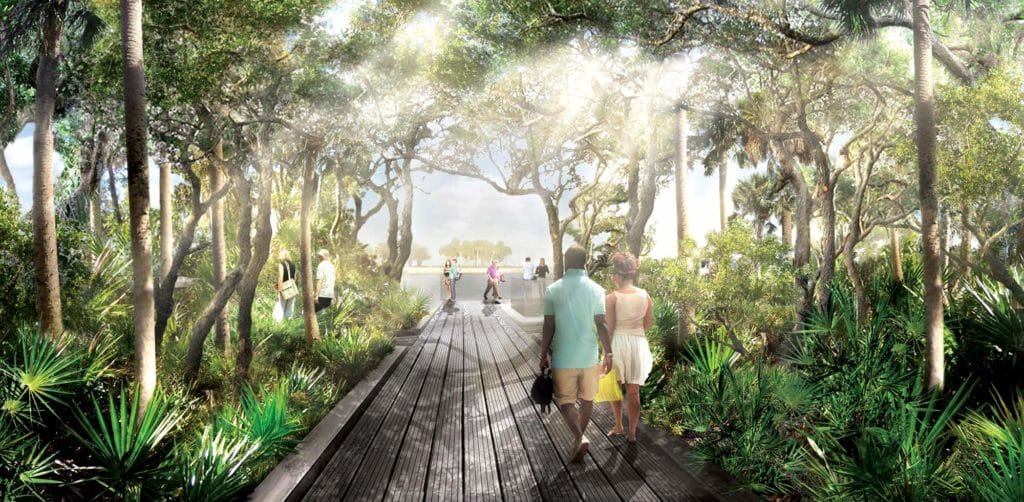
St. Petersburg
This city on Florida’s west coast offers a new pier to explore (see the imagery below) as well as a downtown brimming with restaurants and all kinds of things to see and do for the whole family. Great Explorations is a children’s museum that focuses on hands-on learning. The Dali Museum displays a collection of works by Salvador Dalí, the renowned Spanish surrealist. The Chihuly Collection showcases works by Dale Chihuly, whose glass installations are sometimes found in foyers and as lighting sculptures aboard superyachts. African American Heritage Trails are walking tours that start at the Carter G. Woodson African American Museum, highlighting places of significance dating back to 1868.
Sanibel Island
Sanibel is a barrier island with a causeway that connects it to the Florida mainland. The Bailey-Matthews National Shell Museum is America’s only museum devoted to shells and mollusks. Programming includes touch pools and more. Two public golf courses are the Sanibel Island Golf Club and the Dunes Golf & Tennis Club, and each is an 18-hole championship course. Paradise Pathways are paved bicycle paths that cover more than 20 miles, leading to beaches, shops and restaurants. The J.N. Ding Darling National Wildlife Refuge is a bird-watcher’s paradise on low-tide days when wading birds feed in plain view.

